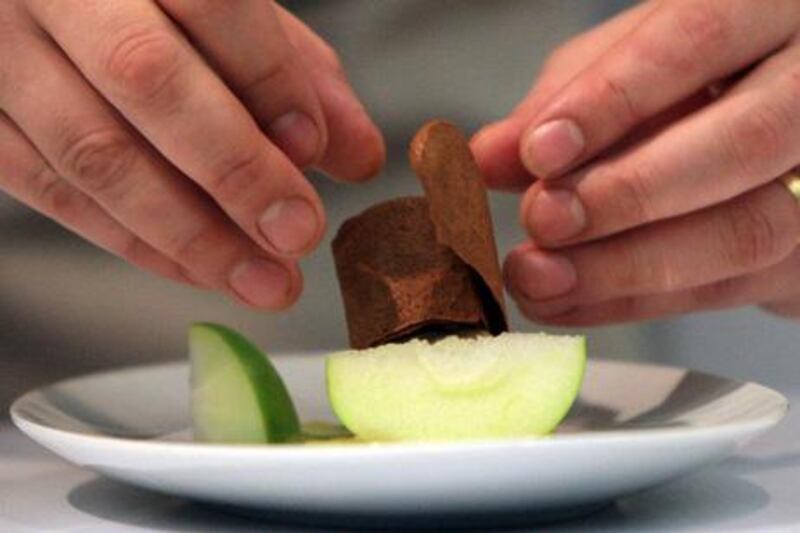MasterChef, like so many of its contestants, has come a long way. The show first was broadcast in the UK in 1990, helmed by the distinctively voiced Lloyd Grossman and followed a rather more simple format than the programme that so many of us around the world tune in to today.
Each week, amateur cooks competed against each other to put together a winning three-course meal with limited time and budget. These efforts were assessed by Grossman and his two guest judges, with only the winner progressing on to the next round. While the show, which was broadcast on a Sunday evening, was moderately popular, it certainly didn't command the sort of prime-time viewing figures that it does today.
After Grossman left, Gary Rhodes took over as the presenter for a brief period but it was only when the series was relaunched in 2005, with the macho duo John Torode and Gregg Wallace at the fore, that it began to generate a real buzz. Six years on, it is more popular than ever: more than six million people tuned in to watch Dhruv Baker being crowned the 2010 winner.
But it's not just the UK. In a market that is all but saturated with cookery programmes, there is something about this particular culinary competition that has captivated viewers all over the world. In recent years, versions of MasterChef have been launched in countries including the US, India, Australia, Greece, New Zealand, Indonesia and Sweden.
MasterChef Australia was first broadcast in 2009 to immediate success and season three is due to start next month. In the US, meanwhile, Gordon Ramsay is the host and co-producer of the show which debuted on Fox Television Network to much hype in 2010. Unsurprisingly, it proved hugely popular, despite coming in for criticism from some quarters for being overly emotive and contrived. In the same year, MasterChef India hit television screens with the Bollywood star Akshay Kumar as the host. He was joined by judge chefs Ajay Chopra and Kunal Kapoor. The programme itself was something of a gamble; it was the first Indian reality show based on cooking. More than 2,400 people took part in the audition stages even if the final results were, like the US version, criticised by some for focusing on theatrics over food.
But why is the show so popular? Part of the success lies in the fact that it is a hard slog to the final. As a result, we as viewers form strong attachments to the contestants, who hurl themselves wholeheartedly into the competition, often giving up full-time jobs to do so. During this time, we see them experience the full spectrum of human emotion, from despair to utter joy. If there's one guarantee with MasterChef, it's that there will be blood, sweat and tears and sometimes all three in one episode.
The sheer scope of the show undoubtedly adds to its appeal. As the weeks progress and numbers are whittled down, those who make it through to the latter stages can find themselves in all manner of unexpected situations, be it playing sous chef to an internationally renowned culinary master, serving up a three-course meal to a table of chefs with a galaxy of Michelin stars between them, or travelling through the Rajasthan desert and cooking a banquet for a Maharaja (as the 2010 UK semi-finalists did).
Back in Britain, the seventh series of the show has just begun and to the consternation of many fans, changes have been made. The set has been revamped and to gain a place in the this year's competition, wannabe chefs had to cook for the judges using their own ingredients, with friends and family in tow. It will be interesting to see how these alterations affect the show, but there's one thing you can pretty much guarantee – it is likely to make for compulsive viewing.
Follow us on twitter and keep up to date with the latest in arts and lifestyle news at twitter.com/LifeNationalUAE











